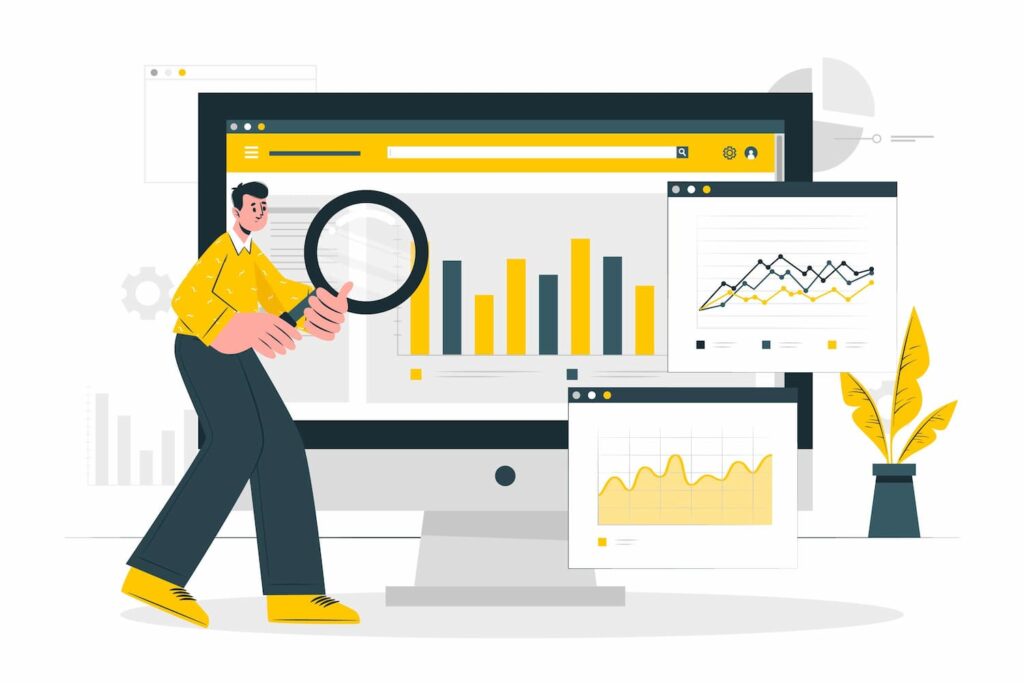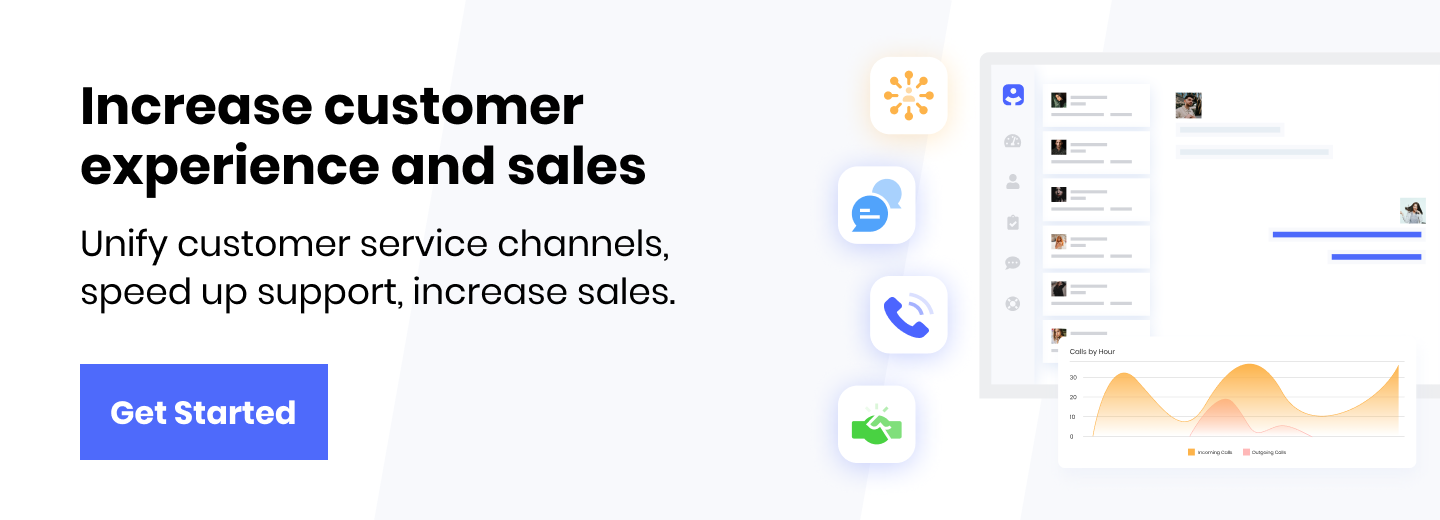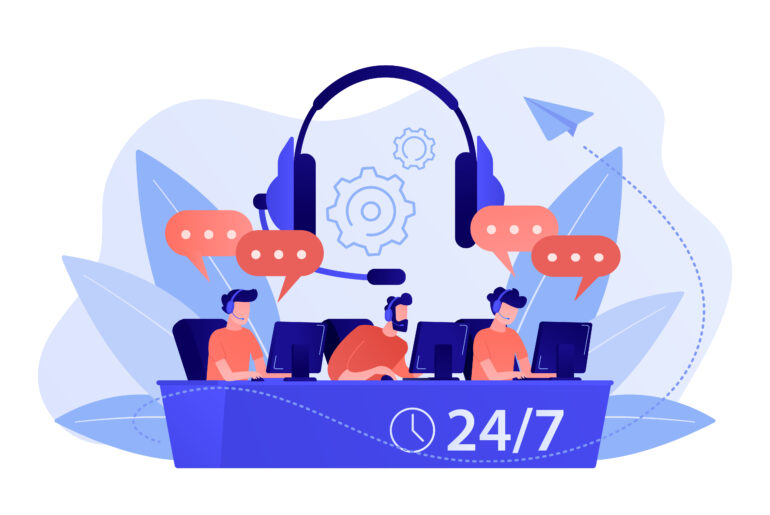Customer experience is a critical point for the overall success of a company. Companies benefit from different KPIs to improve customer experience or even make it impeccable. But, what are these KPIs?
What is KPI?

Key performance indicator (KPI) is the performance measurement that generates data on the success rate achieved in the projects, campaigns, products, or services of a company. KPIs offer guiding insights that help teams step towards their goals and help people in the company make better decisions. From human resources to marketing departments, KPIs help a business grow strategically in each area.
There are KPIs that have different functions including strategic, operational, functional, leading, and lagging ones. KPIs ensure that teams are on the same page and support their set goals during the first phase. Meanwhile, companies who benefit from KPIs, gain a critical perspective on the overall status of their businesses from risk factors to financial indicators.
Which KPIs Must be Monitored to Improve Customer Experience?
A flawless customer experience is vital for companies in many different ways. For instance, according to data published by Forbes, businesses that focus on improving customer experience achieve an 80% increase in their income. One of the methods that can be used to improve customer experience is making use of KPIs. Since KPIs that will be monitored vary for each department, purpose, and condition, it is crucial to choose the most appropriate KPIs to receive healthy feedback. Here are the KPIs, that you can benefit from to improve customer experience:
1) Net Promoter Score (NPS)
Net Promoter Score (NPS) is an indicator that helps measure customer loyalty and indirectly their customer satisfaction based on their experiences. NPS value is calculated based on the answers to the “On a scale from 0-10, how likely are you to recommend us/COMPANY to a friend or colleague?” question. Based on this commonly used 0-10 scale, those who answer within the 0-6 points range are called detractors, whereas those who answer within the 9-10 points range are called promoters. NPS is calculated by subtracting the percentage of detractors from the percentage promoters.
2) Churn Rate

The churn rate indicates the number of customers part ways with the company in a given time frame. Customers might stop the interaction as a result of a bad experience. One of the prioritized steps in improving customer experience is closely monitoring these KPIs and minimizing churn rate. Having a low churn rate increases the service satisfaction level of the company, thus creating an outstanding customer experience and customer loyalty.
3) Customer Satisfaction (CSAT)
Customer Satisfaction (CSAT) is among the most popular KPIs used in satisfaction measurements of customers related to their experience. Since this is an experience-based KPI, at the end of a support service, customers are expected to rate such questions “How would you rate your level of satisfaction with the service provided to you?” on a 1-5 points scale. Customer satisfaction is calculated by the ratio of customers who give 4 or 5 points as an answer to the total number of customers.
4) Average Resolution Time
The average resolution time represents the time spent during customer support service to provide an efficient customer experience, which is another important KPI. Since consumers always expect rapid conclusions in the shortest time possible, customer support should be provided as soon as possible and in the most effective way. The research indicated that 90% of the customers expect to receive an answer in less than 10 minutes for receiving sufficient customer support. Average resolution time is calculated by dividing the total time of all resolved cases by the number of total cases. To optimize the customer experience, the average resolution time should be kept at a minimum level.
5) Customer Lifetime Value

Customer Lifetime Value (CLV) is the estimated income that a single customer can generate for a business during their journey with the brand. Since retaining your already existing customers is much cheaper and much more profitable when compared to finding new customers, it is of utmost importance to add value to the experiences of these customers. The increase in CLV indicates that customers are satisfied with their brand experience, and their loyalty to the brand has increased. Therefore, customer lifetime value must closely be monitored to improve customer satisfaction.
6) Conversion Rate
Customer experience is of critical value in the purchasing process. Optimizing the purchasing journey helps increase the conversion rate at each interaction point. Increased conversion rates indicate that potential customers are satisfied with their experiences and that they move along with the sales funnel.
The Address of the Impeccable Customer Experience: Infoset
The customer experience can only be improved through KPI monitoring. Therefore, primarily, related KPIs should be chosen with great attention. All these processes might sometimes seem complicated and challenging to monitor for companies. With Infoset, you can automate all these processes, saving both time and cost. While it provides simultaneous performance monitoring of your customer support teams with its smart reporting feature, it also makes recommendations in areas where your teams can improve themselves. Start using Infoset today to take your customer experience to the next level and expand your sales!






